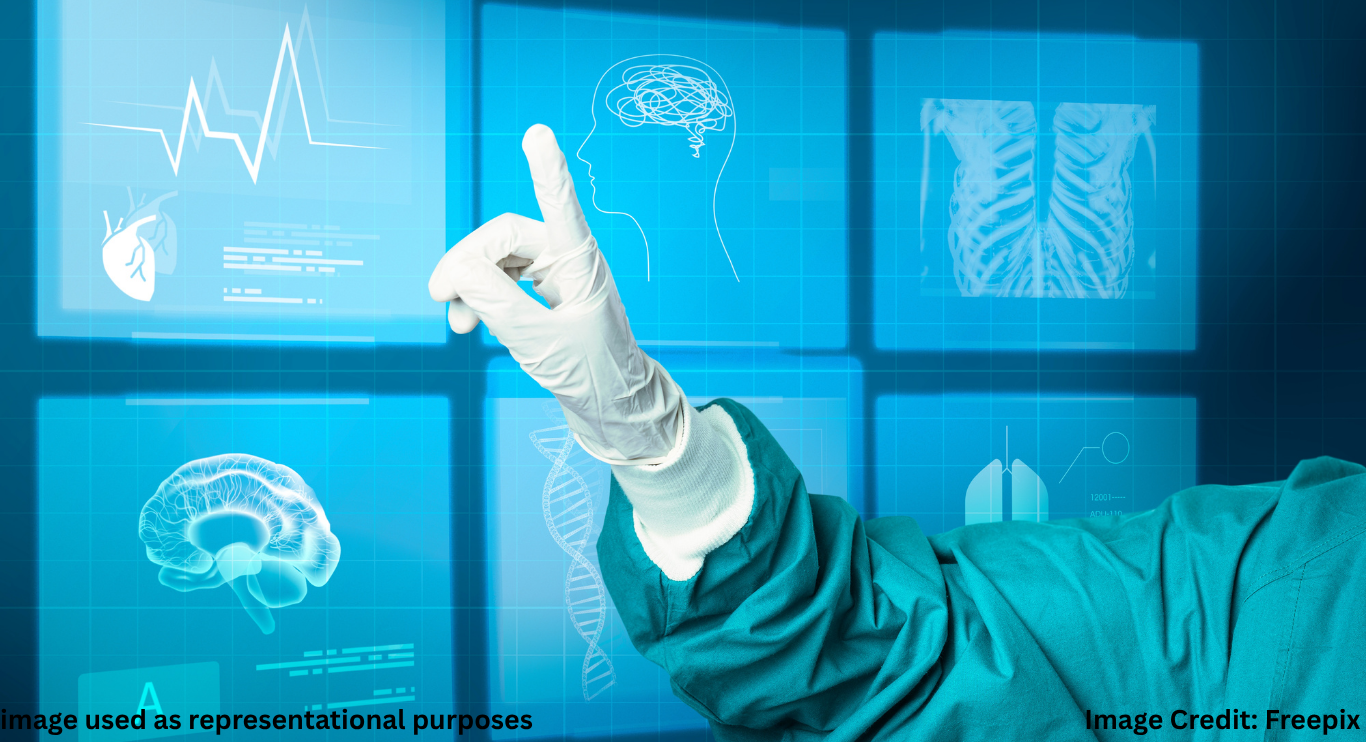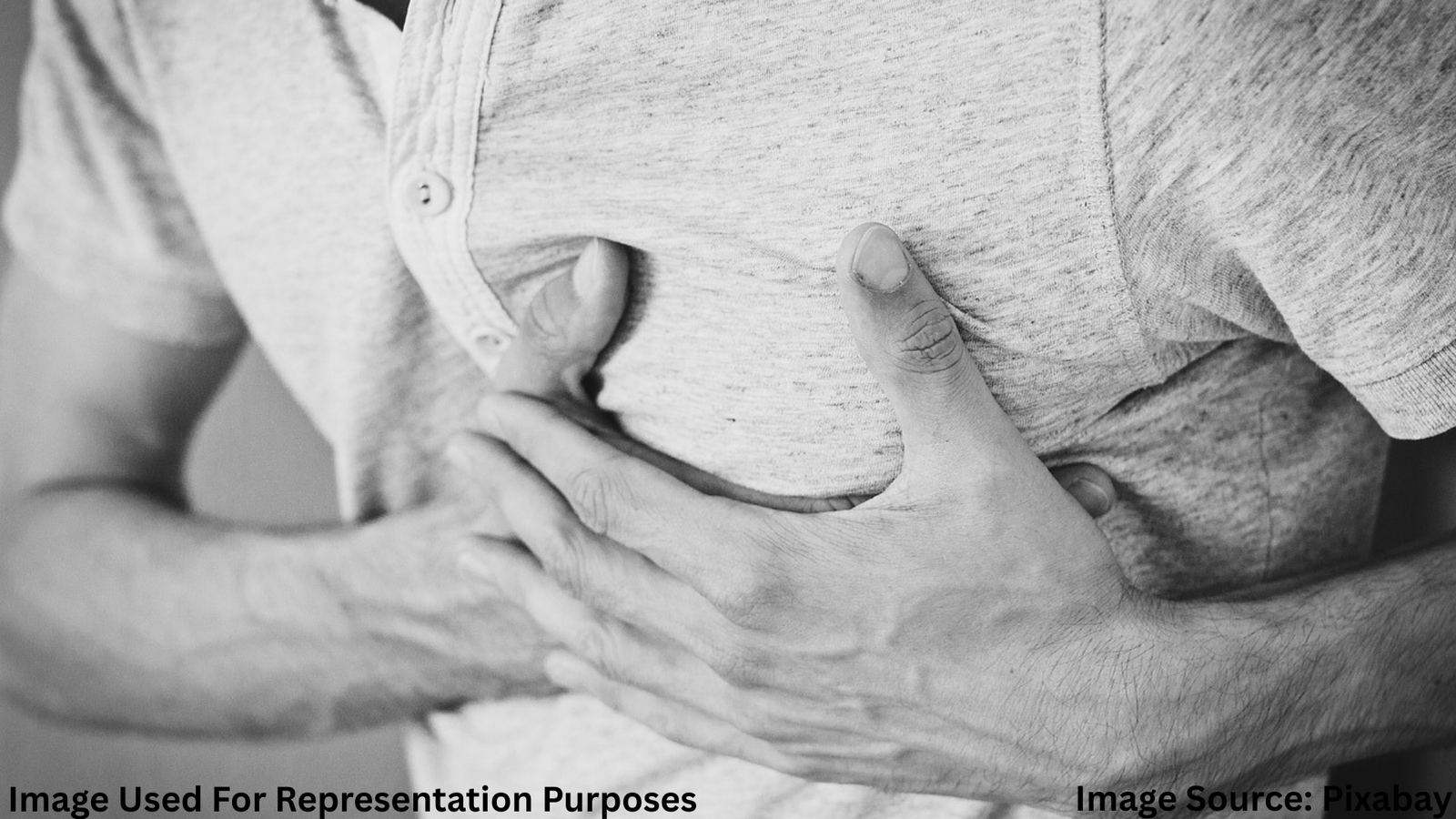
Why Liability Is Complicated for Self-Driving Cars
Autonomous vehicle liability challenges are becoming a pressing issue as driver-assistance technology and self-driving features advance faster than the legal frameworks governing them. From fatal accidents involving semi-autonomous systems to disputes over who is responsible when automation fails, courts, insurers, and automakers are navigating uncharted territory.
The Shift from Driver to System
Traditionally, liability for traffic accidents has rested almost entirely with human drivers. However, with features like Tesla’s Autopilot, GM’s Super Cruise, and Waymo’s fully autonomous taxis, determining responsibility is no longer straightforward. As autonomous vehicle liability challenges grow, the core question becomes: when technology assists—or takes over—driving, who is ultimately at fault?
Recent High-Profile Cases
Several incidents have brought these issues into the spotlight. In one widely publicized trial, a jury found Tesla partially responsible for a fatal crash while also holding the driver accountable. Similar disputes have arisen involving other brands, showing that courts are willing to consider shared liability between humans and machines.
These outcomes suggest that, for now, liability will often be split based on the degree of human control and system involvement at the time of the accident.
How Current Laws Fall Short
Most traffic laws were written for a world where humans made all driving decisions. The emergence of automated driving technology creates gaps in these laws, making it difficult for judges and regulators to apply old rules to new circumstances.
As autonomous vehicle liability challenges increase, some lawmakers are considering new regulations specifically tailored to vehicles with driver-assist and self-driving capabilities. These could include mandatory data logging, stricter testing standards, and clear definitions of driver responsibility in various levels of automation.
Insurance Industry Adjustments
Insurance companies are also rethinking their approach. Traditionally, policies focused on driver behavior and risk history. Now, they must consider the reliability of vehicle software, hardware failures, and even the manufacturer’s liability for design flaws.
Some insurers are exploring hybrid policies that cover both the driver and the technology provider, depending on the circumstances of an accident.
Tesla Autopilot Features and Safety: What Drivers Need to Know
Technology’s Role in Liability
Autonomous systems collect enormous amounts of data during operation, including camera footage, sensor readings, and decision-making logs. This information can be crucial in determining liability. However, it also raises privacy concerns, as both drivers and companies may be reluctant to share it freely.
Manufacturers are under increasing pressure to be transparent about system limitations, updates, and known risks. Without this, autonomous vehicle liability challenges will continue to strain legal systems and public trust.
Consumer Awareness and Responsibility
While advanced systems can assist with steering, braking, and acceleration, they are not infallible. Drivers must remain alert and ready to take control, even in cars marketed with self-driving capabilities. Failing to do so could still result in personal liability, regardless of the vehicle’s features.
International Perspectives
Different countries are approaching autonomous vehicle liability challenges in unique ways. In the UK, for example, the Automated and Electric Vehicles Act allows insurers to recover costs from manufacturers if an autonomous vehicle is at fault. In Japan, regulators have set clear guidelines for when drivers or automakers are responsible during different levels of automation.
The U.S., however, is still developing a consistent federal framework, leaving much of the decision-making to state laws and courts.
Preparing for the Future
Experts believe that solving liability issues will require collaboration between automakers, lawmakers, insurers, and technology companies. This may include creating standardized definitions for levels of automation, transparent reporting requirements, and clear consumer education campaigns.
Conclusion: Bridging the Legal Gap
The growing complexity of autonomous vehicle liability challenges highlights a fundamental truth: the law is struggling to keep up with technology. As self-driving systems evolve, the ability to clearly assign responsibility will be critical to public acceptance and the safe integration of these vehicles into everyday life. Until then, both drivers and manufacturers will need to navigate a legal gray area where accountability is often shared—and hotly debated.

Akalumhe Jefferson is a content writer with a new found interest for crafting engaging stories that transport readers to new worlds. Although no current actual background in creative writing but there’s active love for writing



